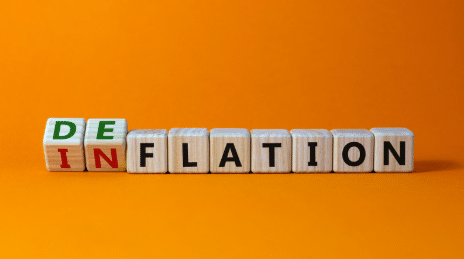
ISO 20022 and the Decline of U.S. Dollar Dominance
1. Rapid One-Day Implementation: A Recipe for Chaos
The Federal Reserve plans to shift to ISO 20022 in one fell swoop. Think about that for a second. A single day to overhaul a system that underpins trillions of dollars in global transactions. No phased rollouts, no margin for error. The complexity alone is enough to guarantee hiccups, but here’s the real kicker: any technical misstep could trigger payment failures, paralyze supply chains, and ripple through markets like a financial tsunami.
But it doesn’t stop there. Cybersecurity risks loom large. Transitioning an entire payment infrastructure opens a goldmine of vulnerabilities, and you can bet hackers—especially state-sponsored ones from China—are sharpening their knives. While Washington dithers, Beijing is already miles ahead, testing its digital yuan since 2021. The timing of this transition couldn’t be worse.
2. ISO 20022: A Tool for Global Interoperability—or a Weapon Against U.S. Control?
ISO 20022 was pitched as a way to streamline global financial communication. Sounds great, right? Wrong. This “interoperability” is a double-edged sword. Sure, it makes cross-border payments faster, but it also levels the playing field, allowing rival nations to bypass U.S.-dominated systems like SWIFT.
And here’s the unspoken truth: China isn’t just playing the game—it’s rewriting the rules. ISO 20022 allows them to integrate their digital yuan seamlessly into global systems, reducing dependence on the dollar. Each transaction that doesn’t touch SWIFT or the greenback chips away at U.S. financial dominance.
3. China’s Strategic Head Start
China’s been plotting this for years. Since 2021, it’s been stress-testing the digital yuan, aligning it with ISO 20022 and even integrating it into SWIFT itself. The irony? SWIFT, the backbone of U.S. financial power, is helping its own rival.
This gives China a twofold advantage: first-mover status and an adaptable infrastructure. While the U.S. scrambles to catch up, China’s already miles down the road. If vulnerabilities in the U.S. financial system are exposed during this rushed transition, Beijing will be ready to exploit them.
4. The Dollar Under Siege
The dollar has been the global reserve currency for decades, but that dominance is eroding. Digital currencies—like the digital yuan—offer countries a way to escape the dollar’s grip. And make no mistake, nations weary of U.S. economic sanctions and hegemony are eager for alternatives.
China’s Belt and Road Initiative is already creating economic alliances around the world. Now, with ISO 20022, those countries have an off-ramp from the dollar. Every deal settled in digital yuan instead of dollars weakens the U.S.’s ability to project power.
The long-term implications? A geopolitical realignment where the U.S. finds itself sidelined, its leverage gone, and its economic security in tatters.
5. SWIFT’s Vulnerability and the Rise of CIPS
SWIFT isn’t invincible. ISO 20022 enables alternative systems like China’s CIPS to bypass it entirely. Once that happens, the floodgates are open. Global trade could flow through channels that the U.S. can’t monitor, control, or sanction.
If SWIFT becomes irrelevant, the Federal Reserve will be fighting a losing battle to maintain the dollar’s dominance. Meanwhile, foreign nations could exploit gaps in the system, using this shift as a launchpad for their own financial ambitions.
Conclusion: Is This the End of Dollar Supremacy?
Let’s not sugarcoat it. The transition to ISO 20022 is a symptom of a larger trend: the steady erosion of U.S. financial dominance. The dollar’s supremacy has been under siege for years, but this shift could accelerate its downfall.
If the U.S. doesn’t adapt—fast—China will outmaneuver it. That means fortifying cybersecurity, innovating financial systems, and maybe even launching a digital dollar. But let’s be honest: Washington is too bloated and bureaucratic to move at the speed of its adversaries.
This is the moment where the house of cards could collapse. If you haven’t started preparing for the fallout, you’re already behind.
Take Action Now
The financial system is under attack, and the clock is ticking. Don’t get caught unprepared. Download Seven Steps to Protect Yourself from Bank Failure by Bill Brocius now: Seven Steps to Protect Yourself from Bank Failure.
Stay vigilant. Stay free.
The financial market is crumbling and EVERYONE will be affected. Only those who know what's going on and PREPARE will survive... dare we say thrive. Our 7 Simple Action Items to Protect Your Bank Account will give you the tools you need to make informed decisions to protect yourself and the ones you love.








